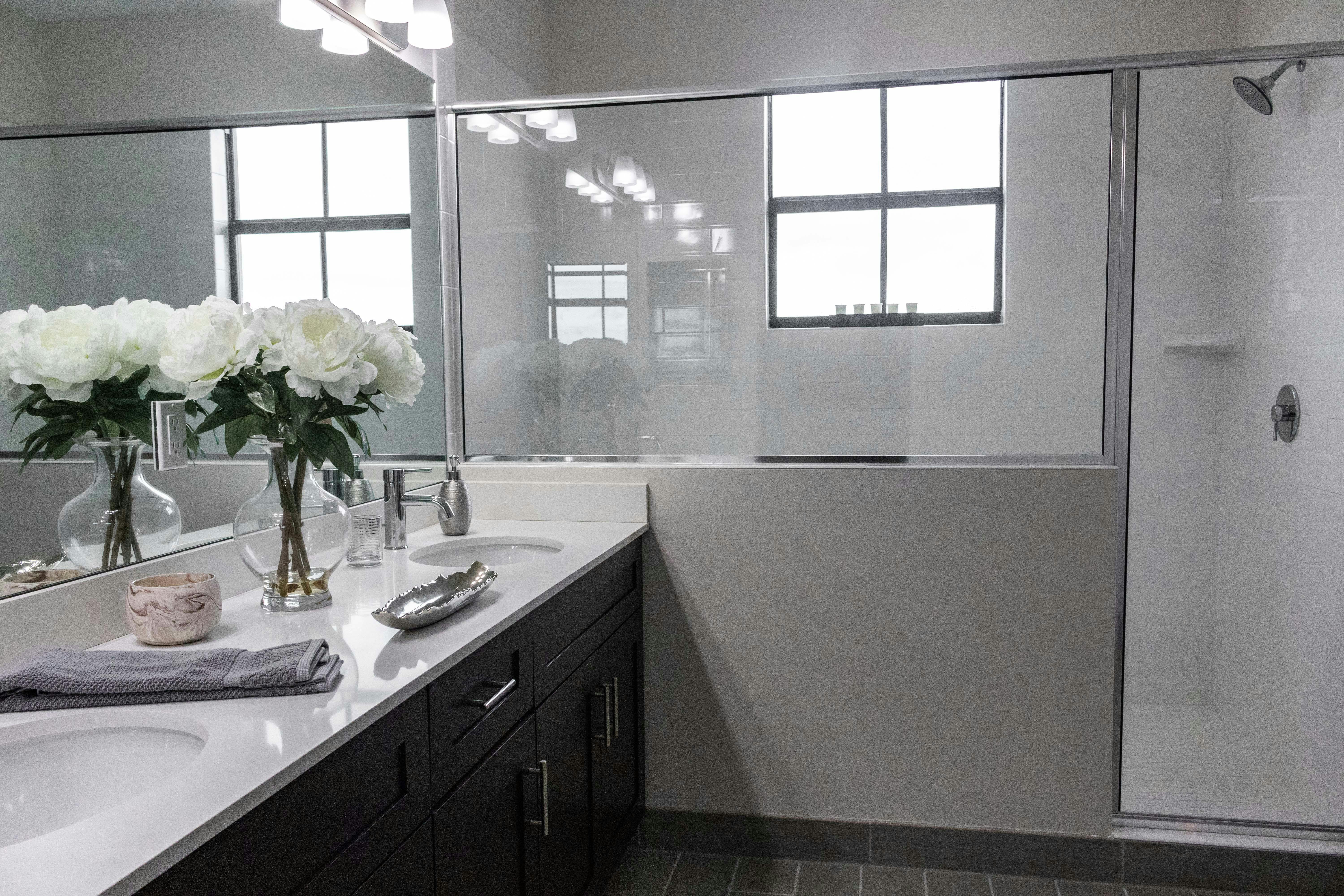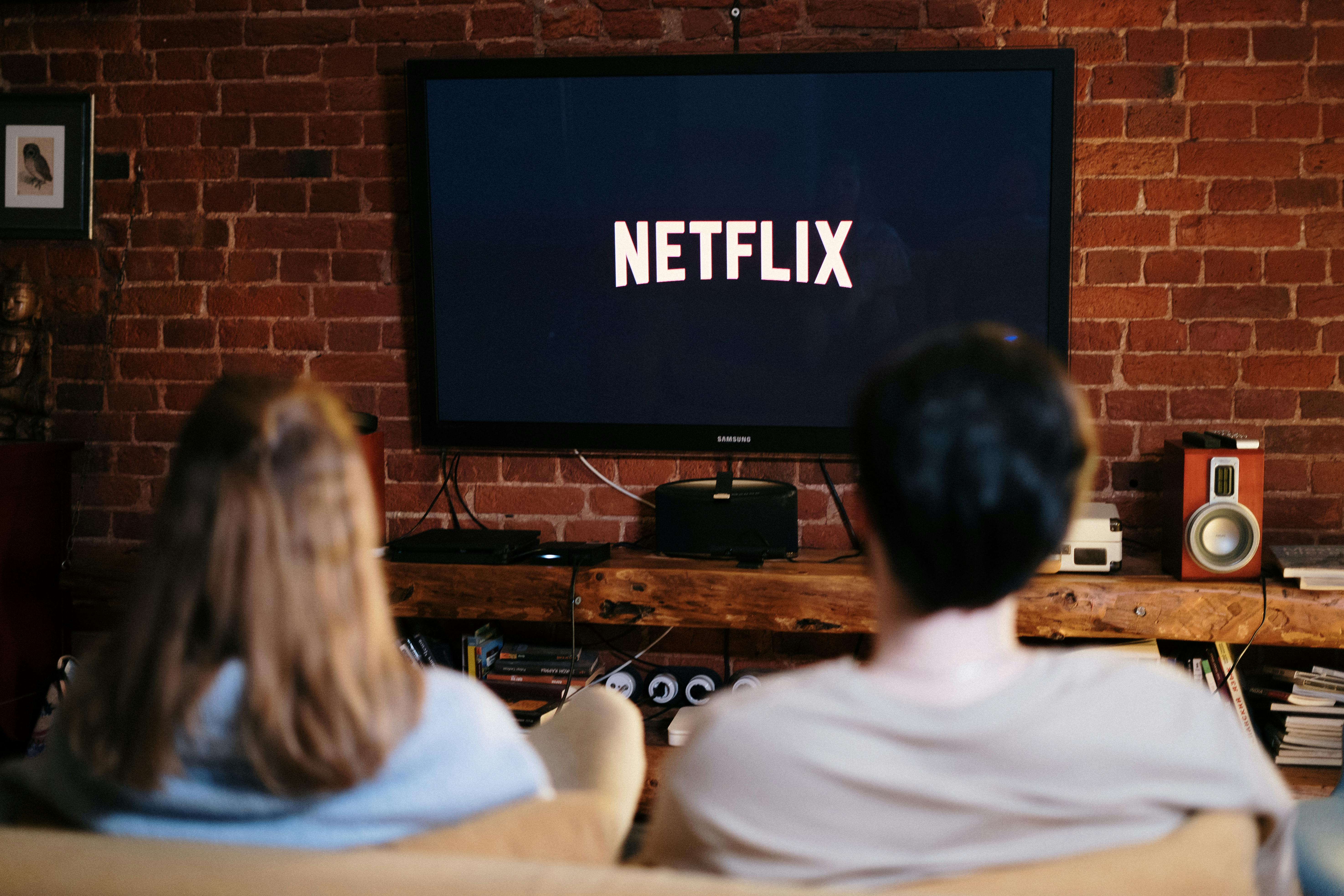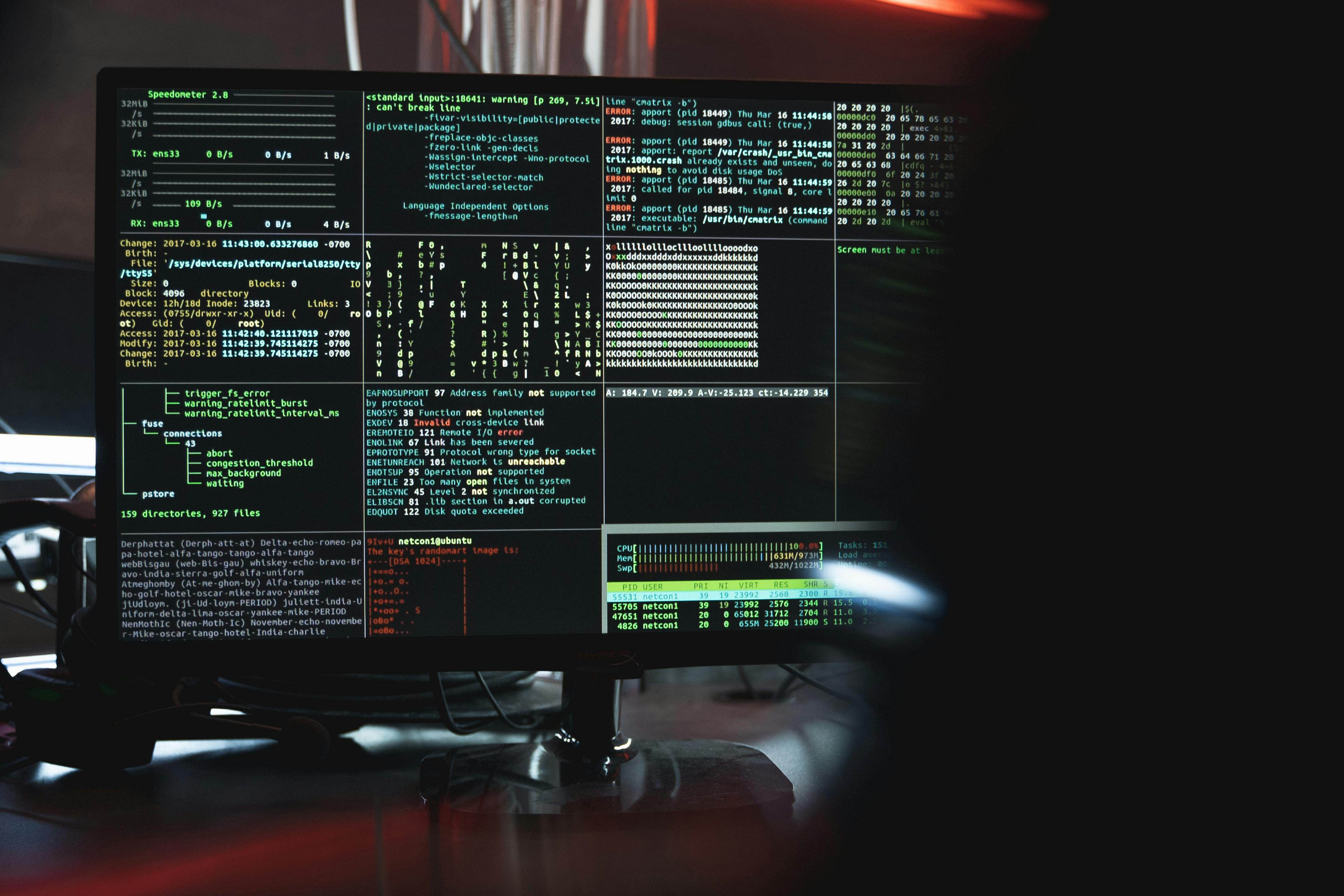
The Everyday Revolution: Living Smarter, Not Harder
Imagine walking into your house after a long day. The lights adjust to your preferred brightness, your favorite playlist starts in the background, and the thermostat quietly learns that you like it two degrees cooler at night. That’s not luxury anymore — it’s normal life in 2025.
The rise of smart homes is one of the most tangible examples of how technology has transitioned from convenience to necessity. What started as a handful of connected gadgets — smart bulbs, thermostats, or cameras — has evolved into a full-blown ecosystem powered by AI and the Internet of Things (IoT).
In 2025, the smart home isn’t just about turning off lights with your voice. It’s about a network of intelligent devices that understand your routines, predict your needs, and save you both time and money. From AI-driven kitchens to predictive security, automation is no longer futuristic — it’s quietly shaping the way millions live, work, and rest.
“The smartest homes in 2025 don’t just respond — they anticipate. They’re built on trust, data, and design that adapts to you.”
The Global Shift Toward Connected Living
The pandemic years accelerated what experts now call the Connected Home Economy. According to Statista, global smart home revenue surpassed $182 billion in 2024 and is projected to cross $240 billion by 2026. But what’s driving this exponential growth isn’t just tech innovation — it’s the consumer shift toward efficiency, safety, and sustainability.
Every major tech company is racing to own your home’s “operating system.” Amazon Alexa and Google Home are no longer just assistants — they’re digital infrastructure controlling HVAC systems, entertainment hubs, and even your insurance rates through IoT-linked risk profiles.

The United States, Europe, and East Asia are the main drivers of smart home adoption. In the U.S., 67% of new homeowners in 2025 installed some form of integrated IoT system before moving in. In Europe, smart energy optimization has become a legal requirement in newly constructed buildings. Meanwhile, Asia — particularly South Korea and Singapore — leads in AI-powered city-home integration, where apartments communicate directly with city grids for real-time power balancing.
From Convenience to Conscious Living
The evolution of smart homes in 2025 goes far beyond voice commands. The new generation of devices is built on the principle of “predictive comfort” — the ability to understand your habits and act before you even realize what you need.
Think of your refrigerator predicting when you’ll run out of groceries and automatically adding them to your delivery cart. Or your washing machine choosing the right cycle based on fabric type and electricity pricing in real time. These are not futuristic prototypes; they are now standard in IoT ecosystems by companies like Samsung SmartThings and LG ThinQ.
Smart home adoption is also tightly connected to environmental awareness. According to IEA Smart Energy Report, smart thermostats and automated lighting reduce household energy consumption by an average of 25%, cutting global CO₂ emissions by nearly 20 million tons annually.
"Smart living is no longer about luxury — it's about responsibility. Energy-aware homes are defining what modern sustainability truly means."
That’s why, for many investors and homeowners alike, the smart home trend isn’t just a technological shift — it’s a philosophical one. The home is no longer static; it’s a living, learning system that reacts, optimizes, and evolves.
Core Components of the Smart Home Ecosystem
The smart home in 2025 is not one device — it’s a network of interdependent systems. Each component contributes to a unified experience that blends convenience, efficiency, and security. Let’s break down the core pillars that define a truly connected home.
① Smart Security — Safety Reinvented
Home security has evolved from passive alarms to proactive intelligence. AI-driven systems like Google Nest Secure and Arlo Pro 5 use facial recognition, behavioral analytics, and sound pattern detection to distinguish between family members, pets, or potential intruders. These systems learn over time, reducing false alarms and increasing accuracy.

But the new frontier isn’t just detection — it’s response automation. When a security event occurs, your home can lock doors, alert authorities, and even project lighting patterns to deter intruders. Integration with insurance policies also means homes with verified smart security systems receive premium discounts up to 15%.
② Energy Efficiency — The Smart Power Grid
Smart homes in 2025 are built around energy intelligence. Devices communicate with local power grids, automatically adjusting usage during peak hours to lower costs and reduce pressure on national networks.
Smart meters, AI thermostats like Ecobee Premium, and solar storage systems such as Tesla Powerwall 3 have turned sustainability into automation. Your house now knows when to draw power, when to store it, and when to sell it back to the grid.

Beyond the hardware, global energy platforms like AI Smart Home Devices 2025 are developing APIs that connect household data to national sustainability reports — allowing cities to analyze energy trends in real time.
③ The AI Kitchen — Predictive Culinary Automation
The kitchen has become the heart of the connected lifestyle. Smart refrigerators, ovens, and coffee machines communicate with nutrition apps, grocery platforms, and wearable devices. Your fridge no longer stores — it analyzes.
Devices like Samsung Bespoke AI Fridge scan ingredients and expiration dates, suggesting recipes that match your calorie goals and alerting you when supplies run low. Coupled with delivery services, the kitchen of 2025 can literally “shop” for you.

This isn’t just about comfort — it’s about data-driven nutrition. Integrated systems link with fitness wearables to balance meals with daily activity and medical recommendations.
“In 2025, your kitchen doesn’t wait for you to cook — it plans, prepares, and reminds you why health is now measurable.”
④ Health Monitoring — Homes That Heal
One of the most impactful IoT transformations is in health automation. Smart beds track sleep cycles, humidity sensors monitor air quality, and mirrors with biometric scanners detect early signs of stress or fatigue.

Integration with healthcare systems has redefined telemedicine. Devices like Withings Health+ Suite send automatic updates to doctors, enabling preventive care rather than reactive treatment. In aging populations, smart floors and wearable emergency systems are saving lives through instant fall detection.
⑤ Entertainment and the Digital Hub
Entertainment has shifted from passive to adaptive. Voice AI, motion sensors, and contextual lighting create dynamic environments. Imagine a home theater that adjusts sound based on where you sit — or a gaming room that changes lighting as your avatar explores new worlds.
The integration of AI content personalization means your home doesn’t just know your preferences — it evolves with them. From Spotify mood synchronization to Netflix adaptive curation, data now dictates experience.

The modern smart home isn’t about gadgets — it’s about experience orchestration. Everything works in harmony: from your morning lighting sequence to your nighttime meditation playlist. The line between “home” and “technology” has officially disappeared.
AI: The Brain Behind the Modern Home
The smartest homes in 2025 are not defined by the number of devices they own — but by the intelligence that connects them. Artificial Intelligence acts as the central nervous system of the connected home, turning fragmented data into intuitive action.
Instead of manually controlling each device, homeowners now rely on **AI orchestration hubs** like Apple Home Intelligence and Amazon Astro Hub. These systems analyze behavioral data — from when you open your blinds to how long you brew coffee — creating a unique “home signature” that automates your routines without instruction.

These systems are not isolated — they communicate with cloud-based ecosystems and third-party APIs. For instance, your **car’s navigation system** can notify your home that you’re 10 minutes away, prompting it to warm the living room, preheat dinner, and set ambient lighting to match your evening routine.
Cybersecurity: The Hidden Weak Link
With great connectivity comes greater vulnerability. As smart homes integrate dozens of IoT devices — cameras, thermostats, locks, speakers — each becomes a potential entry point for hackers or data breaches.

The modern threat isn’t someone stealing your Wi-Fi — it’s someone learning your patterns. Cybercriminals exploit behavior-based data to predict when homes are empty, or worse, to gain access to financial devices integrated with IoT payment systems.
In response, cybersecurity companies like Bitdefender and Fortinet IoT Secure have launched dedicated “Home Defense AI” platforms. These solutions act as silent guardians, analyzing traffic across all connected devices and isolating anomalies before they escalate.
Moreover, legislation is catching up. The European Union’s IoT Security Directive (2025) now requires manufacturers to provide at least five years of firmware updates — a move expected to cut cyber incidents in smart homes by 60%.
Data Privacy and the Ethics of Automation
In 2025, smart homes are more than physical spaces — they’re **data factories**. Every command, motion, and click feeds machine learning models that refine performance — and personalize services. But personalization comes at a cost: privacy.

Leading analysts from Forbes Technology Council report that over 80% of smart home users are unaware of how much behavioral data is collected daily. This has fueled calls for “data minimalism” — the practice of collecting only what’s essential to deliver a service.
“The most ethical smart home is the one that automates your comfort without monetizing your identity.”
Manufacturers are responding with privacy-first design. Apple’s HomeKit Secure and Google’s Federated Learning Home (FLH) now process data locally instead of the cloud — ensuring your home learns without exposing your habits online.
The Economic Impact of the Smart Home Revolution
Beyond comfort, automation is driving an entirely new economy — one built on data, services, and interoperability. Analysts estimate that by 2028, the global smart home market will reach over $350 billion, with 60% of revenue derived not from devices, but from software and predictive analytics.

Real estate is also adapting. Smart-enabled properties are now valued 18–25% higher on average, as buyers increasingly view automation as an asset — not a feature. Mortgage lenders are even experimenting with IoT-based home insurance discounts, blending technology, finance, and lifestyle economics into a single framework.
This convergence has also created new jobs in **IoT analytics, AI ethics, data engineering, and predictive design**. In many ways, the smart home industry of 2025 mirrors the early internet era — rapid growth, innovation, and the race for user trust.
Looking Ahead — 2030 and Beyond
By the end of the decade, homes will no longer be reactive spaces. They will function as self-learning ecosystems — powered by edge AI, renewable energy, and blockchain-secured identity layers. Your home will not only know you — it will represent you in the digital economy.
As AI in Business 2025 highlighted, the future of automation isn’t about replacing humans — it’s about enhancing human potential. The home of 2030 will blur the boundary between digital and physical life, offering not just comfort, but continuity.
Explore More From FinanceBeyono
If you’re fascinated by how intelligent systems are shaping modern living, don’t miss these related insights:
- 🏠 AI Smart Home Devices 2025 – Artificial Intelligence for Energy Savings and Security — Learn how smart sensors and automation are transforming daily energy use.
- 💡 AI in Business 2025 – How Artificial Intelligence Is Transforming Companies — Discover how corporations are integrating AI into management and innovation.
- 🔐 AI in Cybersecurity 2025 – How Artificial Intelligence Detects and Prevents Attacks — A deep dive into the digital defense systems protecting connected homes and businesses.
- ⚙️ Digital Marketing 2025 – AI Advertising, SEO Trends, and Social Media Growth — See how predictive algorithms are revolutionizing digital engagement across platforms.
- 🌐 Algorithmic Justice – Balancing Code and Conscience in Modern Law — A closer look at how algorithmic decision-making reshapes ethics and compliance.
Verified Global References
Data and insights in this report are supported by research from trusted technology and market intelligence organizations:
- Statista Smart Home Market Outlook 2025 — Global adoption, revenue growth, and energy optimization statistics.
- World Economic Forum – The Future of Home Automation — Ethics, sustainability, and digital rights in the IoT era.
- Forbes Tech Council – How Smart Homes Are Reshaping the Global Economy — Expert insight into automation and real estate trends.
- IEEE Spectrum – Engineering the Smart Home — Technical analysis of IoT architecture, data flow, and integration standards.
- McKinsey & Company – Smarter Homes, Smarter Futures — Strategic research on automation’s economic ripple effect.
All external references are reviewed under FinanceBeyono’s Editorial Verification Policy (E-E-A-T), ensuring factual accuracy, transparency, and alignment with global research standards.
